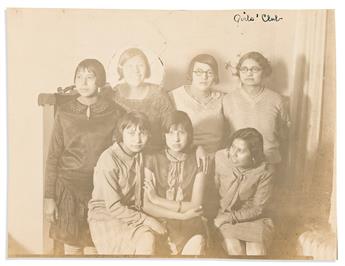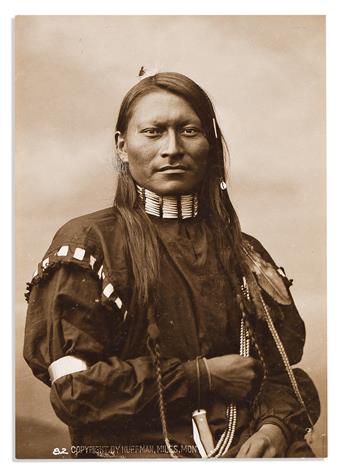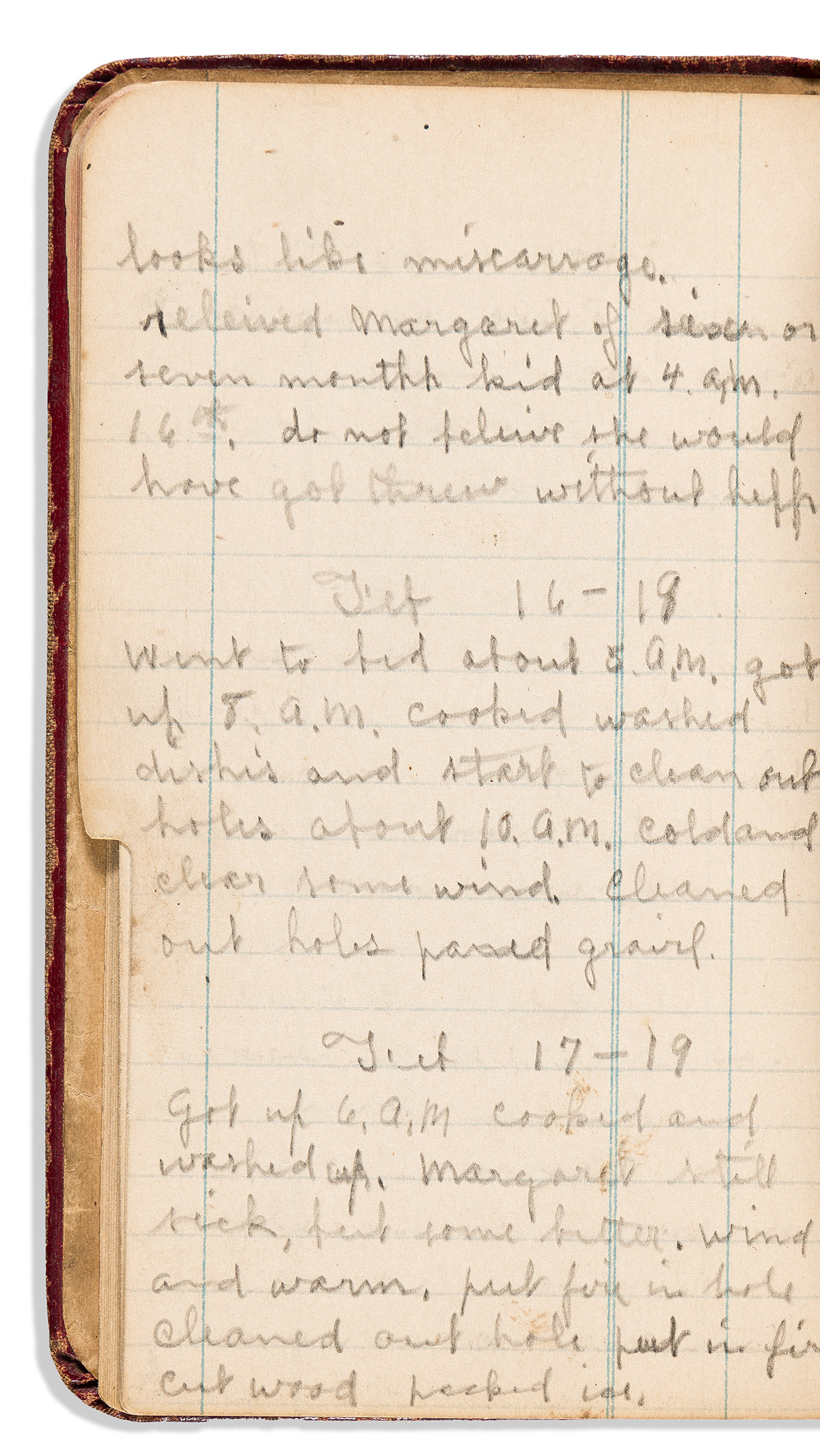Sale 2687 - Lot 8
Estimate: $ 1,500 - $ 2,500
Additional Details
Also in This Catalogue
-

 Lot 11(AMERICAN INDIANS.) Scrapbook from the Presbyterian mission on the Fort Peck Reservation in Montana.Estimate $1,500 - $ 2,500
Lot 11(AMERICAN INDIANS.) Scrapbook from the Presbyterian mission on the Fort Peck Reservation in Montana.Estimate $1,500 - $ 2,500 -

 Lot 14(AMERICAN INDIANS--PHOTOGRAPHY.) Laton A. Huffman. Portrait of the Cheyenne scout Red Sleeves or Red Armed Panther.Estimate $1,500 - $ 2,500
Lot 14(AMERICAN INDIANS--PHOTOGRAPHY.) Laton A. Huffman. Portrait of the Cheyenne scout Red Sleeves or Red Armed Panther.Estimate $1,500 - $ 2,500 -

![(AVIATION.) [John T. Daniels, photographer.] Photograph of the famous first flight at Kitty Hawk.](https://catalogue.swanngalleries.com/thumb//\008\823008tn.jpg) Lot 40(AVIATION.) [John T. Daniels, photographer.] Photograph of the famous first flight at Kitty Hawk.Estimate $1,500 - $ 2,500
Lot 40(AVIATION.) [John T. Daniels, photographer.] Photograph of the famous first flight at Kitty Hawk.Estimate $1,500 - $ 2,500


